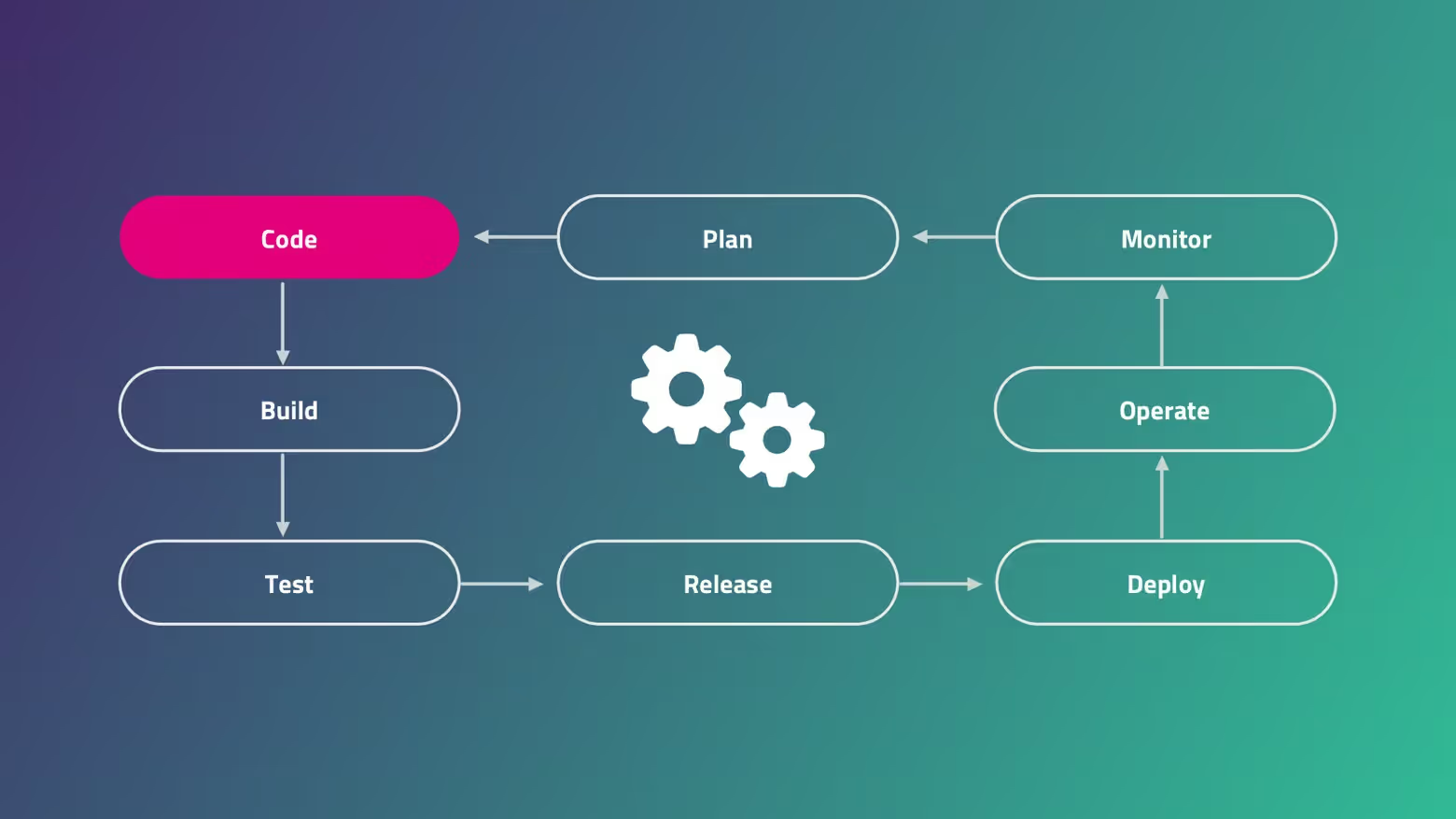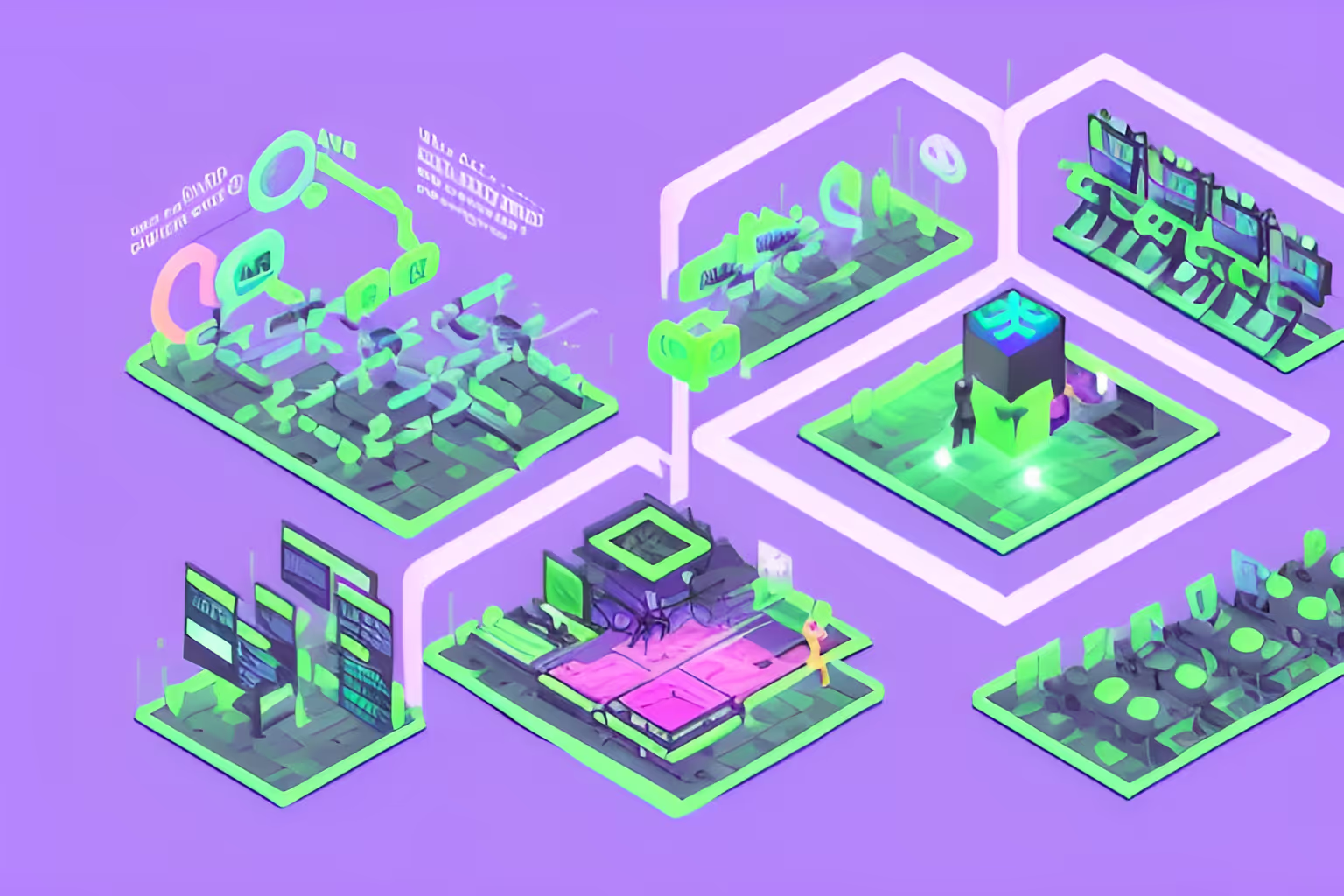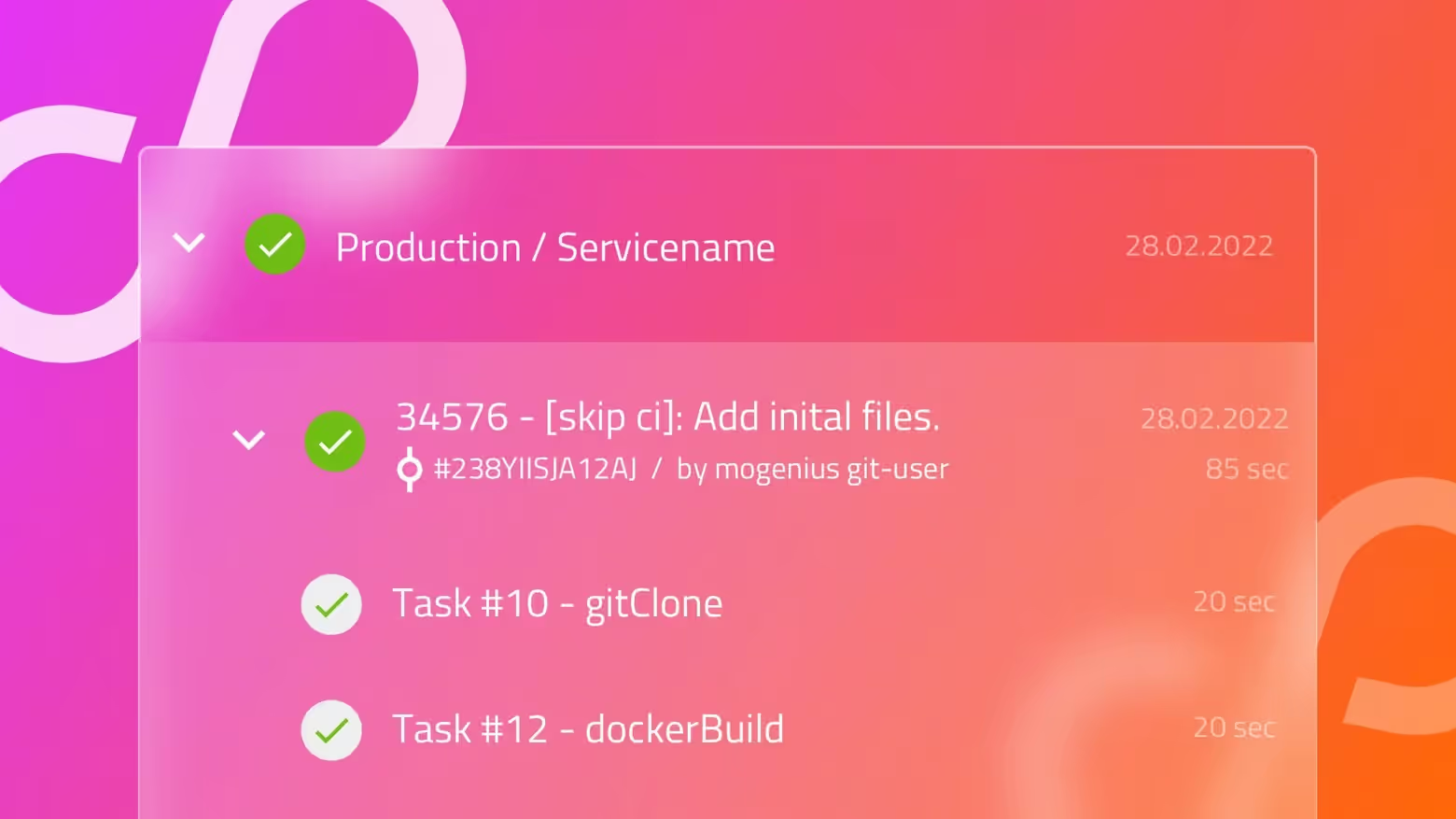
An Introduction to DevOps Test Automation

The early 2000s saw a rise in the popularity of agile approaches when businesses embraced a more iterative and incremental development lifecycle informed by continuous input from end users. This resulted in the subsequent implementation of automated procedures for build, testing, configuration, and deployment made possible by continuous integration and delivery systems. It has spawned the philosophy, processes, and technologies known as DevOps, which facilitate multi-disciplinary, cross-functional teams.
Initially, DevOps only combined development and IT operations; testing was still handled by a separate team and was mostly completed manually. The laborious, time-consuming nature of the testing meant that it still slowed down release cycles. So, the developers started automated testing in DevOps. To help you understand how this article covers the necessary details of DevOps Test Automation. Let's dive into the details!
What is Test Automation?
Test Automation refers to using software tools to perform and repeat predefined sets of tests on a software application to validate its behavior and functionality and identify bugs. It aims to make testing more efficient, reliable, and less time-consuming. By automating repetitive and time-consuming tasks, testers can focus on more complex and critical tests that cannot be easily automated. This leads to faster feedback, improved quality, and reduced costs.
The process of test automation involves writing test scripts using a scripting language and executing them using a test automation tool. Test automation's benefits include increased test coverage, speed and efficiency, and reduced human error. It is important to note that test automation is not a one-time effort and requires ongoing maintenance and updating as the application evolves.
Why Is Test Automation Important?
Test automation and continuous testing lead to a more consistent and reliable product and development process. DevOps and QA teams can more easily stick to their deadlines without compromising on necessary debugging and troubleshooting procedures.
Moreover, automated testing is more efficient and productive than manual testing. There will be fewer opportunities for expensive human mistakes and fewer roadblocks to effective team communication, resulting in significant cost savings. With test automation's newfound adaptability, development teams may recycle their test scripts across several testing environments. The automation set eliminates the need to worry about causing code defects or writing individual scripts for each test scenario.
What are the Different Stages of Test Automation?
Test automation is essentially divided into five different stages. Following these stages establishes a comprehensive testing approach, ensuring the software is thoroughly tested and any issues are identified and addressed early in the development process. The stages of test automation are as follows:
- Unit testing involves testing individual units or components of the software application in isolation to ensure they work as expected.
- Integration testing tests how multiple software units work together and aims to catch any unintended errors during the integration process.
- Regression testing verifies that changes or bug fixes made to the software have not impacted existing functionality.
- End-to-end testing tests the entire software application from start to finish, simulating a user's experience and ensuring that it operates and behaves as expected.
- Exploratory testing is a more advanced testing strategy that involves simultaneously learning, testing, and evaluating various functional and visual aspects of the software from a user's perspective.
What is DevOps Test Automation?
When a product is being developed, delivered, tested, and published to the public, DevOps is there to provide a hand every step of the way. The QA department's responsibilities have changed since its implementation. In the past, products stayed with the QA team until they were deemed ready for release since functional and regression testing didn't begin until after deployment.
Using a DevOps methodology, the development and operations processes are merged into a single iterative process. For this method to work, there must be extensive communication between all parties involved in creating the program (i.e., development, QA, and operations).
DevOps emphasizes automating all software development processes to ensure rapid iteration and responsiveness. This involves setting up the testing procedure to run automatically and automating it. As part of their duties, DevOps teams need a solid automation testing framework for scripting test cases. Thankfully, there are several technologies available that simplify test automation in DevOps.
How to Begin Test Automation in DevOps?
Implementing DevOps test automation requires a comprehensive and well-planned approach, which includes the following:
Frequent Releases
Investment in test automation, particularly for end-to-end tests that should run with every deployment, becomes increasingly important as the frequency of releases increases. Add greater unit test coverage and create basic automated UI smoke tests to run a short sanity check on every build if you don't already have a regular release cycle. The time spent checking for regressions after a release may be cut significantly if you invest in progressively generating more automated end-to-end tests.
Choose the Right Tool
Modern test automation technologies will greatly enhance your team's ability to provide high-quality software constantly. When comparing testing tools, easy test generation, dependability, low maintenance requirements, and compatibility with your CI/CD stack are all factors to consider. Choose appropriate tools for your development and testing teams, integrate well with your DevOps workflows, and support your goals and objectives. Evaluate multiple options and choose the one that best fits your needs.
Moreover, knowing a tool's learning curve and necessary abilities is equally crucial. Your team's productivity will increase with the simplicity of your solution. And more of your team members will be able to use it, which may boost test coverage and foster a quality mindset.
Maturity of Product
For teams working on a mature product with an established customer base and codebase, integrating test automation into your CI/CD pipeline is essential. Early implementation of automated testing enables you to maintain a swift delivery and feedback process.
Conversely, if you're developing a new product, this is the perfect chance to embed automated testing from the start. Aim for comprehensive unit test coverage and define end-to-end test cases for each feature. However, it’s wise to wait until a feature is nearing release before adding automated end-to-end tests to avoid potential failures due to user interface changes.
The key is to start small and gradually expand your test automation suite, initially focusing on the most critical components of your codebase.
Implement CI/CD Pipeline and Testing Data
Creating automated tests is difficult, but the absence of clean environments with test data frequently stops teams from including test automation sooner in the continuous integration and delivery pipeline. Due to this, it's crucial to have an early team conversation about the testing approach and commit to establishing the required testing infrastructure.
For example, developers should be able to load test data into an environment through an API and provide support for test user accounts. A new release's review and feedback cycle can be ramped up greatly by starting early on the infrastructure for providing temporary test environments.
Best Practices to Implement DevOps Test Automation
Here are some best practices for implementing DevOps test automation:
Define Clear Goals and Objectives
Determine what you want to achieve with DevOps test automation and set clear goals and objectives. This will help you make informed decisions about tools and techniques.
Collaborate with Development and Testing Teams
Foster collaboration between development and testing teams to ensure everyone is aligned, informed, and working towards the same goals. Encourage open communication and ensure everyone knows each other's needs and priorities.
Automate as Much as Possible
Automate as many tasks as possible, such as build and deployment processes, testing, and reporting, to reduce manual effort and increase efficiency. Use tools and scripts to automate as much of the process as possible.
Use a Modular and Scalable Architecture
Use a modular and scalable architecture that easily adds or removes tests as needed and supports your DevOps test automation efforts. Ensure the architecture is flexible and able to accommodate changes over time.
Benefits of DevOps Test Automation
- Automated testing allows teams to receive faster feedback on the quality of their code.
- It helps teams catch bugs and other issues early in the development process.
- Reduces the time and effort required for manual testing, allowing developers to focus on other tasks.
- Automated testing is scalable and can handle large amounts of data, making it an ideal solution for organizations with large and complex codebases.
- Provides consistent and repeatable results, reducing the risk of human error and ensuring that the software behaves as expected.
Conclusion
Test automation in DevOps has made testing easier and facilitated the program's easier and more frequent releases. It also lets the developing team collaborate and communicate effectively with each other, which reduces the chances of miscommunication. Moreover, after reading this article, we hope you know what DevOps Test Automation is. So, automate tests in your DevOps approach to get better and fast results today!
Implement test automation with out-of-the-box CI/CD automation. Explore the Virtual DevOps Platform by mogenius.
mogenius is a virtual DevOps platform that makes running and scaling cloud-native applications simple and efficient.
Mogenius automates the process of infrastructure management and DevOps tasks, so your devs don't lose productive time managing cloud infrastructure.
Quickly set up environments for development teams that do not require expert knowledge of cloud infrastructures. Save time and money in the deployment and operation of your microservice architecture.
mogenius enables engineering teams to:
- Implement a scalable infrastructure with zero effort, leveraging hyperscalers Kubernetes, CI/CD workflows, and enterprise-grade security.
- Boost productivity by reducing the resource drain of managing infrastructure, pipelines, and deployments with automated workflows and a great developer experience.
- Reduce costs by automating up to 80% of DevOps tasks, minimizing time and resources spent on infrastructure tasks.
mogenius is cloud-agnostic, supporting standard technologies such as Azure, AWS, Open Telekom Cloud, Kubernetes, Docker, GitHub, GitLab, and many more.
Talk to one of our experts to discover how mogenius can support your team in spending less time setting up and maintaining your infrastructure without requiring DevOps engineers.
FAQ
Interesting Reads
The latest on DevOps and Platform
Engineering trends
Subscribe to our newsletter and stay on top of the latest developments




